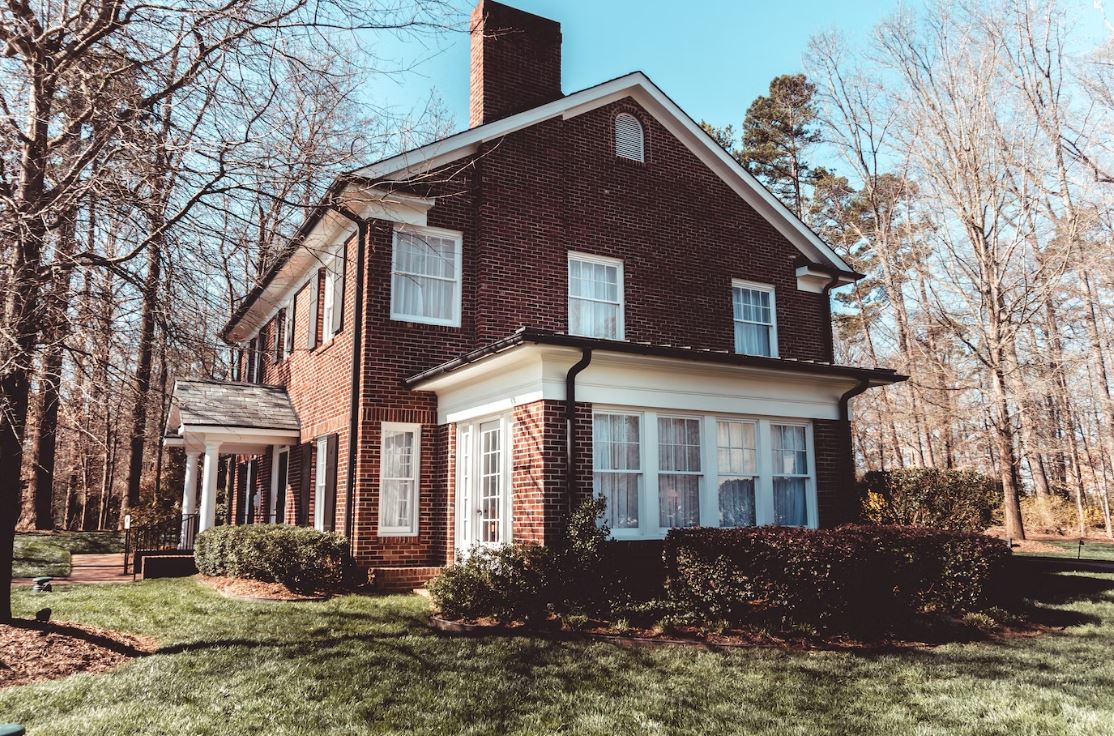
Moving into an old home can be a thrilling experience, but there are some important things to inspect and consider before settling in. Old homes often require more maintenance and upkeep than newer homes, so be sure to thoroughly examine the following five areas when you move in. Paying attention to these details can help ensure that your home is safe, comfortable and livable.
Look for Signs of Foundation Damage
One of the most important things to inspect after moving into an old home is any signs of foundation damage. Make sure to check all walls, ceilings, and floors for cracks or other signs of shifting or settling. Pay special attention to corners, as these are typically the first area to show signs of damage. If you do find any signs of foundation damage, have it inspected by a professional as soon as possible to prevent further damage from occurring. Foundation damage to your home can end up being very costly and can cause a lot of issues in the future. You may even end up needing to demolish your home if it gets too out of hand. Make sure you are always doing a quick visual inspection of your foundation and looking for any cracks as soon as you move in.
Check the Plumbing
It’s important to check the plumbing when moving into an old home, as older homes often suffer from outdated or malfunctioning pipes and fixtures. Make sure to check all the faucets, toilets, and showers for any signs of leakage. Also look for clogs or slow draining issues in the sinks and showers. If you find any problems, have them addressed by a licensed plumber right away. If you notice your old home has copper pipes, you may want to get these replaced with PVC ones. These will last much longer and will prevent any leaks from occurring.
Check the Heating and Cooling System
To ensure your comfort throughout the year, inspect the heating and cooling system after moving in. Look for any signs of rust or corrosion on the unit itself, as well as check for clogged air filters. Make sure all thermostats are working properly, as well. If your old home happens to have a fireplace, be sure to have it inspected and cleaned by qualified chimney sweeps. Finally, have your heating and cooling systems serviced by a technician to ensure they’re running at peak efficiency, just for peace of mind.
Look for Possible Hazardous Materials
While nowhere near as prevalent in modern homes, older homes built before the 1980s were often constructed with materials that contained asbestos, an old, outdated insulation ingredient. Asbestos has been found to pose significant chemical and pulmonary danger, as well as raise risk of cancers with prolonged exposure. Asbestos is typically found in older homes in paint, insulation, and even in popcorn ceilings. If you suspect that your older home contains asbestos, don’t panic. Leave the area in question alone and try your best not to bump or damage anything inside. It is imperative that you locate and call up an asbestos-removal specialist to take care of the affected area before anything happens. Be sure to not try to fix the problem yourself, as improper disposal can result in a more widespread problem. It’s always a good idea to test your home for hazardous materials before even moving in. This may be the determining factor on whether or not you end up purchasing a home. It can also ensure you get proper removal before you even move in to protect you and your family’s health.
Examine the Electrical System
Old homes usually have outdated wires and electrical systems, so it’s important to inspect the wiring and outlets. Make sure all the switches, outlets, and light fixtures are working properly. Also check for any signs of exposed wires or other hazardous conditions. Have any problems inspected by a qualified electrician before using the system for any reason. The last thing you want is an electrical hazard the day you move in.
You’ll want to make sure that any appliances you bring into the home will be functional with the existing electrical system. Check what wattage the house can handle, and be sure not to overload it if you can help it.
Inspect the Roof
The roof is an important part of a home, so make sure to inspect it thoroughly after moving in. Look for any signs of shingle damage or leaks. Check the gutters and downspouts for clogs or blockages as well. Also look for signs of wildlife activity such as nests or droppings. If you see anything that looks abnormal, have the roof inspected by a professional and call an animal control service, if needed.
Moving into an old home is a big and exciting step in life, but make sure to inspect these critical areas before settling in completely. If you find any issues with any of the above components of your new home, have them addressed quickly to avoid further damage and costs. Good luck with your new home!


